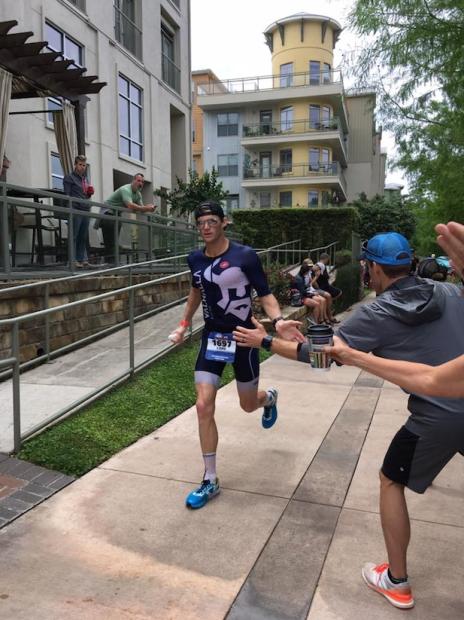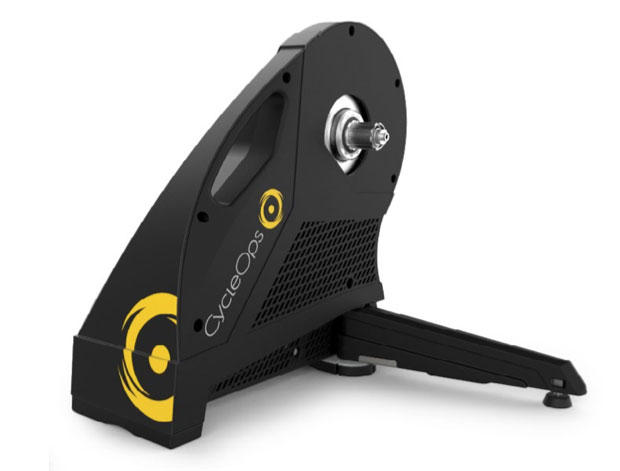A Newbie Tackles TrainerRoad
Clamping my bike up to a CycleOps Fluid 2 Trainer, pedaling while dying of boredom waiting for the stopwatch to hit 90 minutes, was the height and breadth of my indoor riding experience. This was a problem because I do most of my bike training on a stationary trainer. I ride outside on Sundays. Every other workout – 3 or 4 per week – is performed indoors, on the trainer.
I didn’t have a clue what my power was or even what FTP meant. I was doing intervals and shifting gears but I had no idea how hard I was working or if I was getting the most out of my workouts. My bike splits during the 2016 season reflected this.
When I was gently admonished to consider a power-based cycling training system I thought, “I have nothing to lose, my cycling couldn’t get any worse.” I had no idea what a smart trainer was or that bike apps existed. Yes, I’m a Slowtwitch reader and no, I never clicked on the thread Trainer road.com (which now has over 3,500 responses).
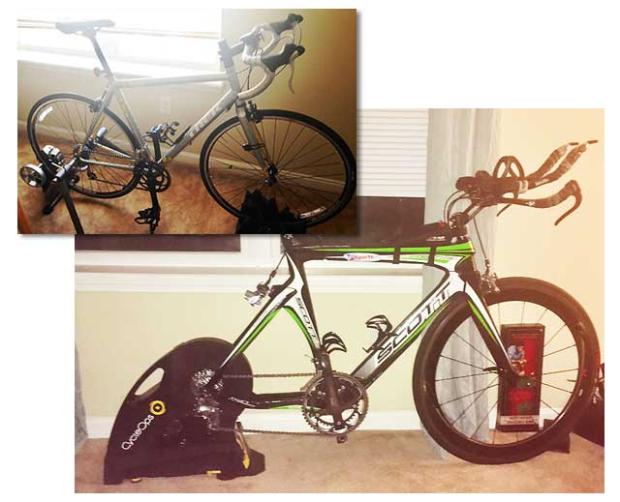
I race in the women’s 30-34 age group. I raced my first 70.3 last year at Eagleman and I finished in what I thought was a fairly respectable 5:30:32. The bike leg took me 3 hours and 7 minutes which was the weakest part of my race. Since I’m still pretty new to cycling I figured why not give TrainerRoad a try. I’d be the perfect test dummy; an untainted juror.
My first step was making sure I had the right equipment. I upgraded to a CycleOps Hammer and that change alone has blown me away. Above are the changes made in my woman cave.
The second step involved downloading TrainerRoad, and I am NOT tech savvy. Still, it took me took fewer than 3 minutes.
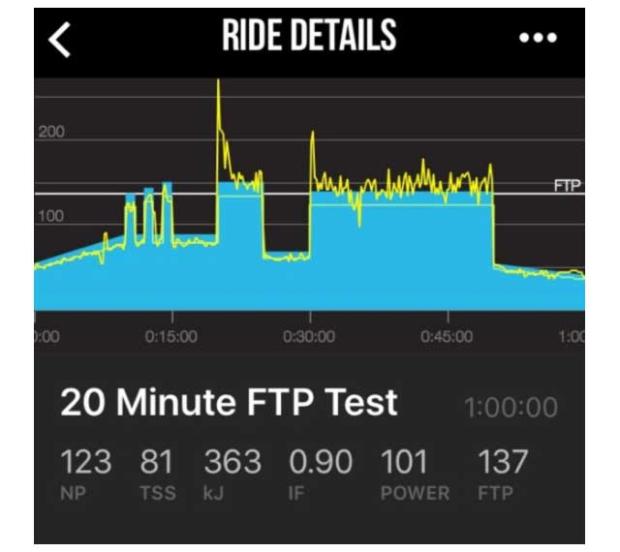
Next up was pairing my device using Bluetooth. Lucky for me the set up process was seamless. If something takes me more than five minutes to figure out I’m pulling up a YouTube video. If that doesn’t work, I’m returning the product.
Now for the hard part, the Power Test. There are two options: an 8-minute test, and a 20-minute test. Both determine your functional threshold power (FTP), which as you all know is a good approximation for the maximum power you can sustain for one hour. I was advised to do the longer test. I made sure I was well rested so that I could get an optimal reading. Result: 137. Above is my 20-minute FTP Test Results from April 6, 2017.
Yes, that’s right 137! Irrespective of that number I am not an especially weak athlete! I had just run a standalone 3:00:06 marathon a few weeks before the test. So, that FTP result shocked me. I felt that I was very fit; I just didn’t know how to translate that fitness to the bike.
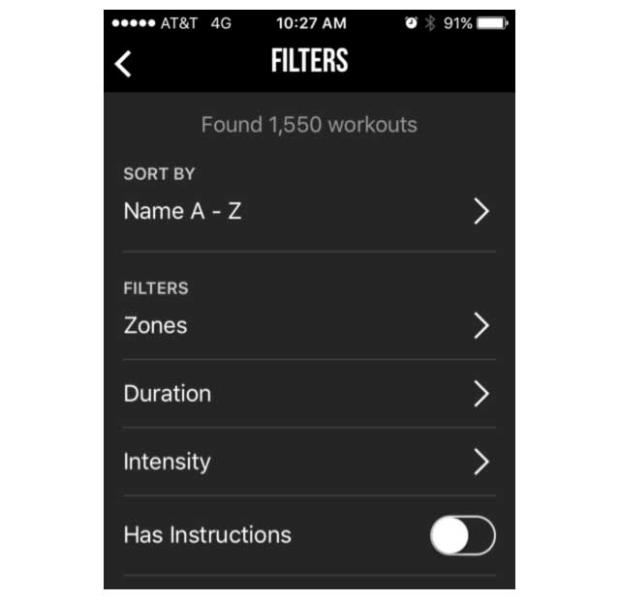
With 8 weeks to prepare for Ironman 70.3 Eagleman – and my hope to qualify for 70.3 Worlds later in the year – it was time to get to work. TrainerRoad gives you a few options: choose your own workouts (over 1,500 options), create your own workout (by using Workout Creator), or follow a training plan (structured training from a USAC Level I coach). Since I already have a coach I let her select the workouts.
A few things I noticed right away: First, TrainerRoad allows you to automatically sync with TrainingPeaks after each workout; second, you have the option of choosing workouts that provide continuous live instruction and suggestions (cadence, position, etc) via text. Third, the app beeps when there are three seconds left in an interval.
And the best part: I don’t have to drive to find hills (living in a pancake flat area is a blessing and a curse). Workouts like z-3LC Climbing and Blackcap simulate a hilly ride.
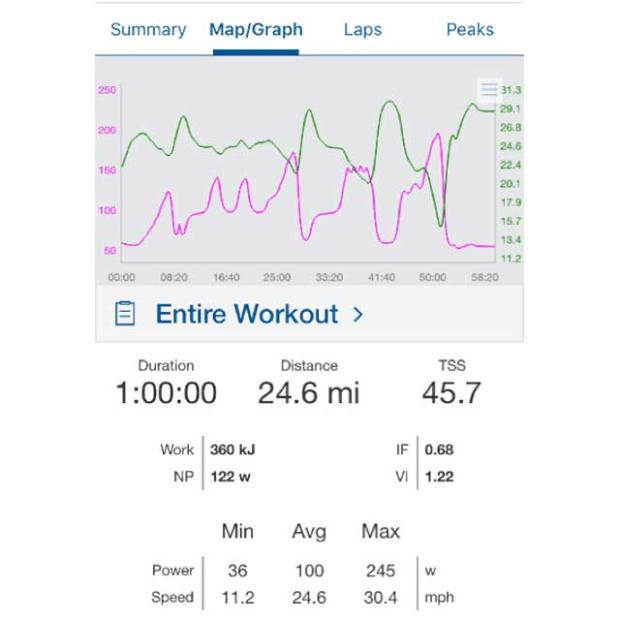
On June 11th (8 weeks later) I was finally able to test my fitness gains. On June 12, 2016, I covered the 56-mile course in 3:07:37 (averaging 17.91 mph). On June 11, 2017, I covered the same course in 2:50:18 (averaging 19.73 mph). Huge improvement on the prior year. Obviously there are other factors to consider: I’m somewhat fitter than I was a year ago, I’m in a better position on my bike, and I’ve raced on the course before.
Still, riding my workouts now with TrainerRoad staring back at me, along with the upgrade to a smart trainer, were the obvious training differences as I consider what was most responsible for a 17-minute improvement year-over-year. It’s easy to think you’re working hard when you’re sweating. I actually thought I was pushing myself until I put my trainer in erg mode and was forced to stay within targeted zones based on my FTP. Do that week after week and you’ll start to see a difference! (Well, I can’t speak for anyone else, but I saw a big difference.)
Other elements worth a mention: No more watching the clock! No more timing my own intervals. No need to shift gears since the resistance changes are automatic. It’s more enjoyable with the Hammer and TrainerRoad because I’m more engaged. I’m constantly watching my target power to make sure I’m staying in range; I’m reading the instructions and suggestions and following along, and the beep alerts give me incentive to keep pushing through the end of intervals.
My only criticism, or maybe it’s just a feature recommendation, would be an option to make all prompts audio, that is to say, spoken.
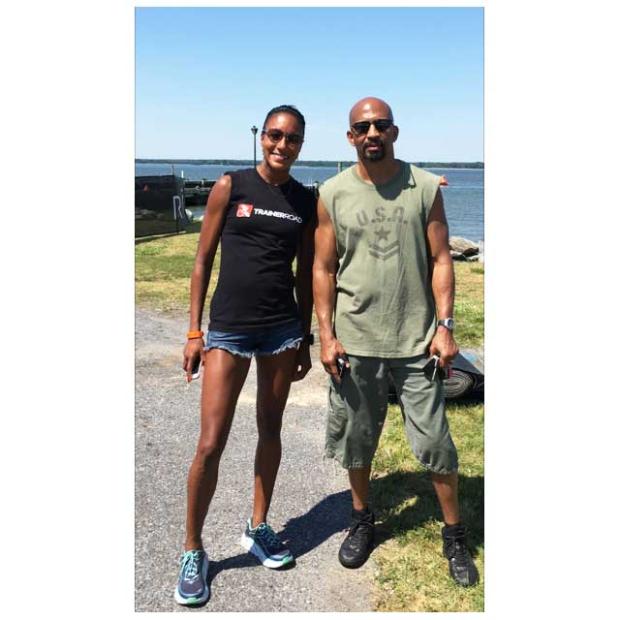
Here I am, with my dad, at the 70.3 Eagleman race. I have no relationship to TrainerRoad, but I must disclose that I did get the tee shirt free! I am training now for the 2017 Ironman 70.3 World Championships in Chattanooga, and that 17-minute drop off my bike split is the biggest reason I did qualify for that race.



